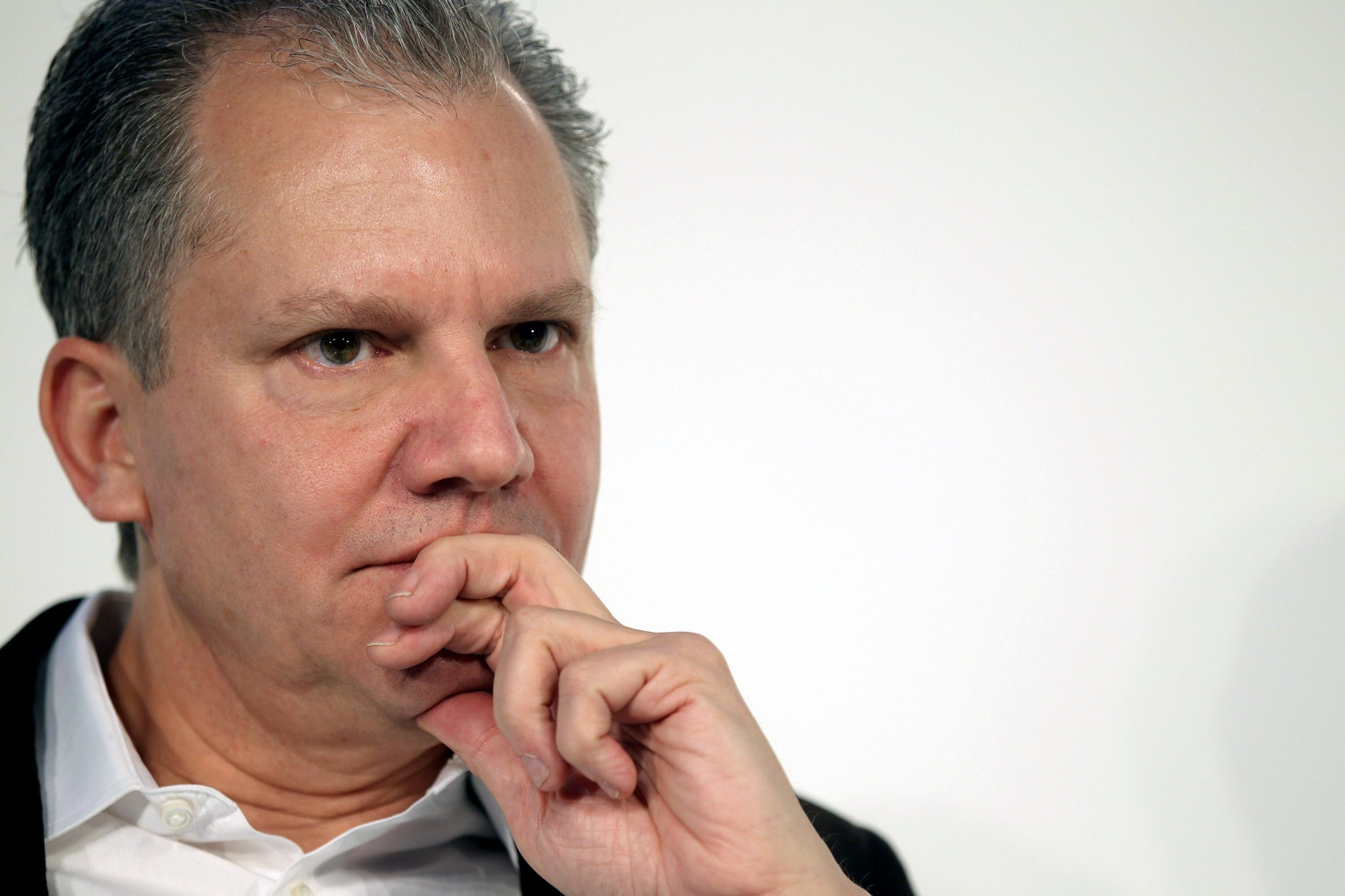
Correction appended May 19, 2014
When Arthur Sulzberger Jr. abruptly fired Jill Abramson last Wednesday, he was comfortably within the long-established culture of the New York Times. It is sometimes forgotten that his father, “Punch” Sulzberger, who was much beloved for his modesty and gentle humor, had summarily fired the company’s top nonfamily executive … twice!
The New York Times Co. is a family business that not only has been owned by the Ochs/Sulzberger family for nearly 120 years, but throughout that time has had a family member at the helm. Senior executives on both the news and business sides of the company serve at the pleasure of that topmost family executive, and woe to those who don’t understand that.
When Punch assumed the top job in 1963, the senior nonfamily executive was Amory Bradford, a tall and intimidating man who had long bullied Punch and dismissed him as a hapless nitwit. Punch was, in fact, an ex-Marine who became a great publisher responsible for things like bringing to light the Pentagon Papers, but in those days he wandered the corridors as a junior executive with little to do.
Punch’s brother-in-law Orvil Dryfoos was the family member at the top, and when he died suddenly of a heart attack, there was a succession crisis. Should the family turn to the untried Punch? Or should it — as Amory assumed it would — turn to him?
At the New York Times, blood trumps. But Punch refused to take the job of publisher unless it was understood that his first act would be to fire Amory. He promptly did so, to Amory’s utter shock and fury. Three decades later, an octogenarian Amory was working as a nude massage therapist on an island off the coast of South Carolina, and was still furious.
Shortly before Punch retired in 1997, he fired the senior nonfamily executive again. Lance Primis was president of the company and, because of the soaring stock price and bountiful profits, considered himself virtually bulletproof.
He made the mistake of not-so-subtly suggesting that it was time for professional managers to take charge of the company and for the family to step back and collect dividends. When he lavishly redecorated his office, the family was offended at his presumption.
Then came the coup de grace.
In 1996, the Times staged the most elaborate “event” in its history to mark the 100th anniversary of family ownership. Adolph Ochs, Punch’s grandfather, had taken charge of the then-struggling Times in 1896, and this milestone was marked by a huge party at the Metropolitan Museum of Art in Manhattan, with dignitaries of every stripe in attendance.
Except Lance wasn’t there. He had elected to take a “long-planned” trip to Europe. The night of the party, the family was fuming. Not long after, there was an executive session of the board from which Lance was excluded, which he interpreted as a good sign.
When Punch knocked on his door after the meeting, Lance thought he had come to say that the board had approved promoting him to chief executive officer. Instead, Punch fired him.
Arthur Sulzberger Jr. has fired three top executives. In 2003, Howell Raines, the executive editor, was dismissed after the embarrassment of Jason Blair’s breathtaking betrayal of trust in making up stories that the Times published. In 2011, Janet Robinson, the company’s president and chief executive officer, was forced out without explanation, but her once close relationship with Arthur had deteriorated over time.
Similarly, no clear reason for Jill Abramson’s dismissal has been given, but at the heart of it is sure to have been a frayed and fractious relationship with Arthur, her boss.
The Sulzbergers are hardly capricious martinets. They are not screamers or prone to pitching tantrums. Their management style is deliberate and generous. But beneath that genuine affability is a steely core.
When Arthur appointed Jill to be the Times’ first woman executive editor, it was a moment of huge pride for him. But when he decided, for whatever reason, that Jill must go, that didn’t matter. He acted decisively and ruthlessly.
It was something he learned from his father.
Correction: The original version of this post misstated the year Janet Robinson left The New York Times. She left the Times in 2011. The original version also misstated the year Arthur Ochs Sulzberger retired from the Times. He stepped down as chairman in 1997.
Alex S. Jones is co-author with Susan E. Tifft of The Trust: The Private and Powerful Family Behind The New York Times. He is also director of the Shorenstein Center on Media, Politics and Public Policy at the Harvard Kennedy School.
More Must-Reads from TIME
- Why Trump’s Message Worked on Latino Men
- What Trump’s Win Could Mean for Housing
- The 100 Must-Read Books of 2024
- Sleep Doctors Share the 1 Tip That’s Changed Their Lives
- Column: Let’s Bring Back Romance
- What It’s Like to Have Long COVID As a Kid
- FX’s Say Nothing Is the Must-Watch Political Thriller of 2024
- Merle Bombardieri Is Helping People Make the Baby Decision
Contact us at letters@time.com